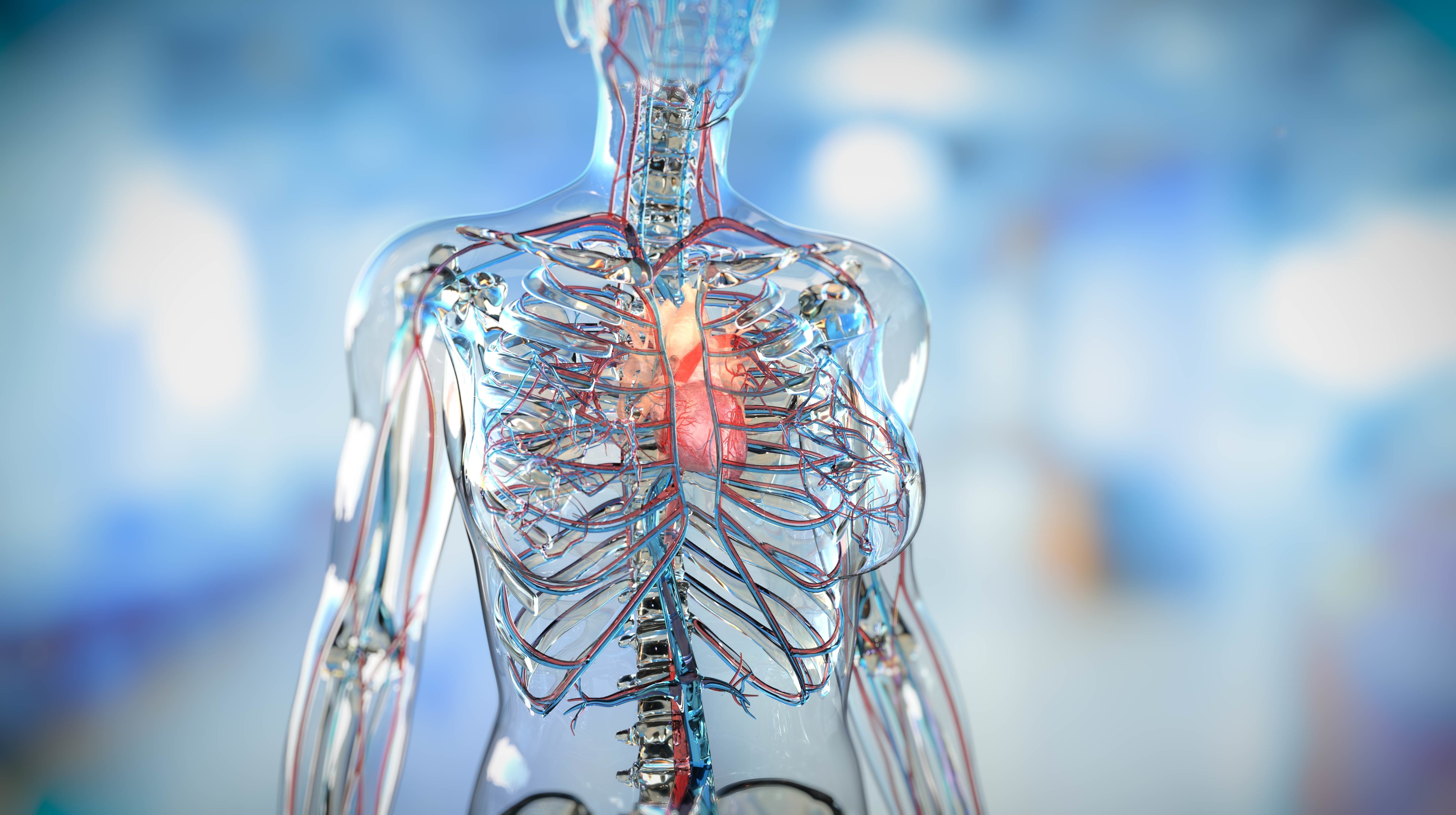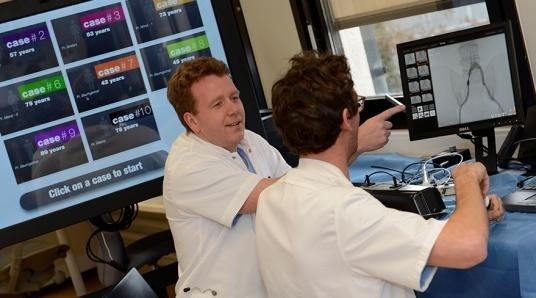
Vascular Surgery
The department of vascular surgery or vascular surgery specialises in the diagnosis and treatment of vascular conditions. Vascular conditions are problems with the blood vessels in your body, i.e. your veins and arteries. We can also treat conditions that occur less frequently.
For problems with varicose veins, visit our phlebology department.

For whom?
For whom?Especially in patients:
- with diabetes
- with high cholesterol
- who smoke
- with a family history of cardiovascular disease
Which examinations?
Which examinations?We have a vascular lab where the examinations below are performed:
- Arterial and venous duplex examination (upper and lower limbs)
- duplex examination of the cervical vessels
- duplex examination of surgical reconstructions
- treadmill test with ECG monitoring.
Thanks to these examinations, vascular problems can be diagnosed. It also reveals whether additional expertise(CT or MRI scan) is needed.
Which ailments?
Which ailments?- Constriction of the blood vessels
- Leg artery (intermittent claudication)
- Pelvic artery (intermittent claudication)
- Carotid artery (cerebral infarction)
- Abdominal artery (abdominal pain)
- Renal artery (high blood pressure, poor kidney function)
- Dilation of the blood vessels (aneurysms)
- Thoracic aorta (large body artery in the thoracic cavity)
- Abdominal aorta (large body artery in the abdominal cavity)
- Side branches of the aorta (abdominal arteries, pelvis and bone arteries)
- Tearing of the blood vessels (aortic dissections)
- Vascular access for haemodialysis (AV fistulae, dialysis catheters) and chemotherapy (port-a-cath)
- Varicose veins (stripping and laser treatment)
Treatment
TreatmentVascular diseases can be treated in different ways, with:
- medication
- minimally invasive endovascular surgery (treatment with a balloon or stent)
- access surgery
- classical open surgery (bypass, artificial vessel)
In our organisation, more than 75% of vascular procedures are minimally invasive procedures. That means our surgeons work through small incisions rather than large ones. Examples include stents (tubes) in the leg, pelvic and carotid arteries, endoprostheses (special tubes) in the abdominal or thoracic artery for aneurysms (weak spots).
Multidisciplinary treatment
Vascular diseases are the result of several factors (high blood pressure, high cholesterol, obesity, diabetes, hereditary and smoking). In consultation with your GP, the Vascular Centre ensures that the treatment of the vascular problem focuses on all the causes of your vascular disease. You may be referred to a cardiologist, endocrinologist, nephrologist, dietitian or podiatrist.
Something wrong or unclear on this page? Report it.



